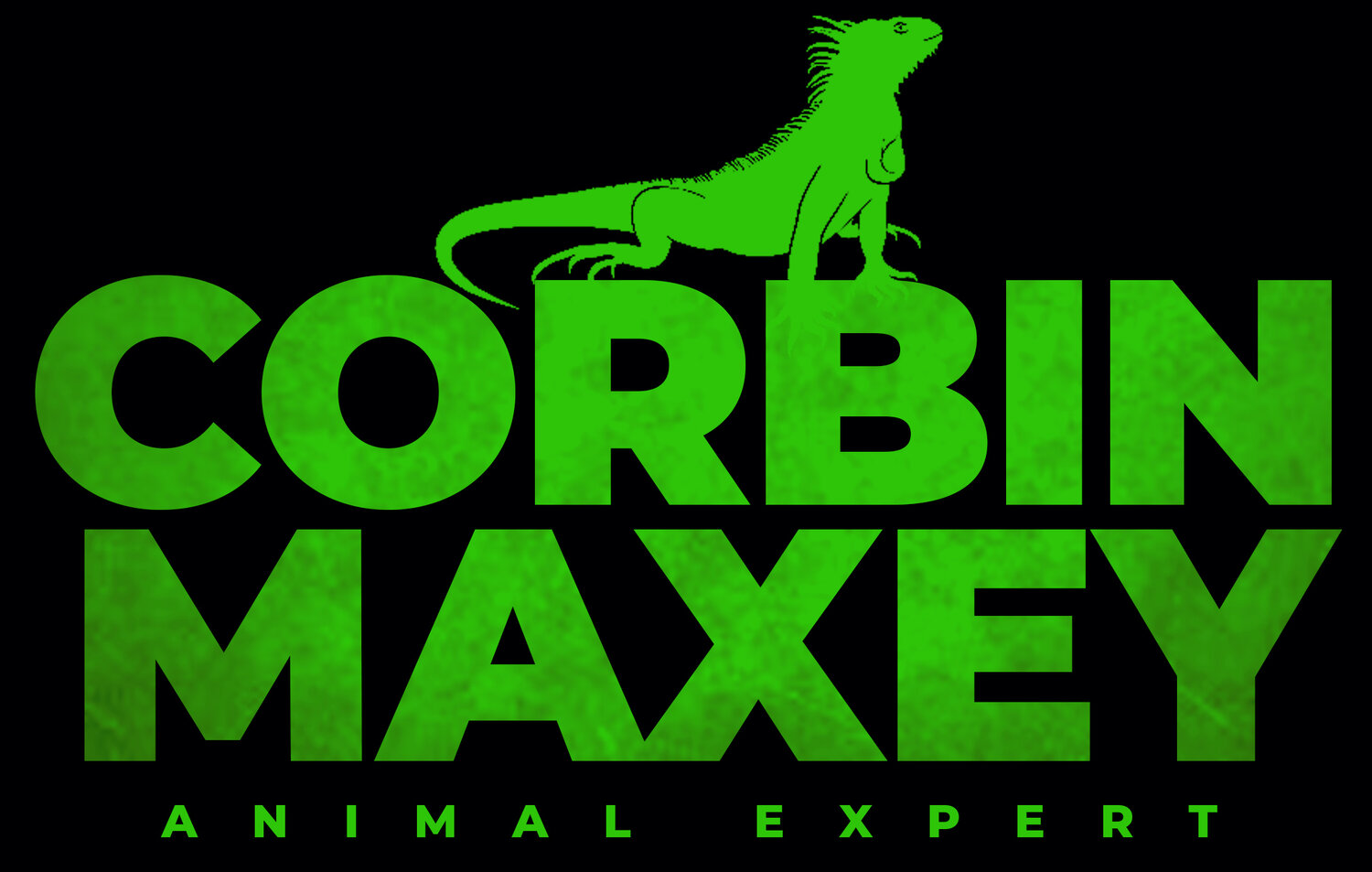You know I love it when you send me your photos of animals. If they are good enough you can even expect me to post them on my blog! These pictures were sent to me from Robert who was visiting Out of Africa Wildlife Park in Camp Verde, Arizona. Pictured above is an African Lioness. These powerful predators are the largest of the African Cats. A fun fact is that lions sleep nearly 18-20 hours a day!
Check out this big male lion! Notice how big and beautiful his mane is. Most people don't realize that not all male lions have large manes like this. Some don't have manes at all! It depends on the region where the lions are found in Africa.
At Out of Africa there is a good chance that you will be able to get a close-up encounter with some of Africa's most famous residents including giraffes!
Out of Africa is not just home to African Wildlife...It also is home to tigers, bears, and other species found outside of the "safari continent." One of park's number one attractions includes the "Big Cat Feeding." This gives guests the opportunity to watch the park's large felines indulge!
This is a Southern White Rhino. Unfortunately these species out in the wild are disappearing due to habitat destruction and illegal poaching. Check out those horns! Rhino horns are made out of Keratin (small little compressed hairs). Keratin is also what makes up our fingernails!


















